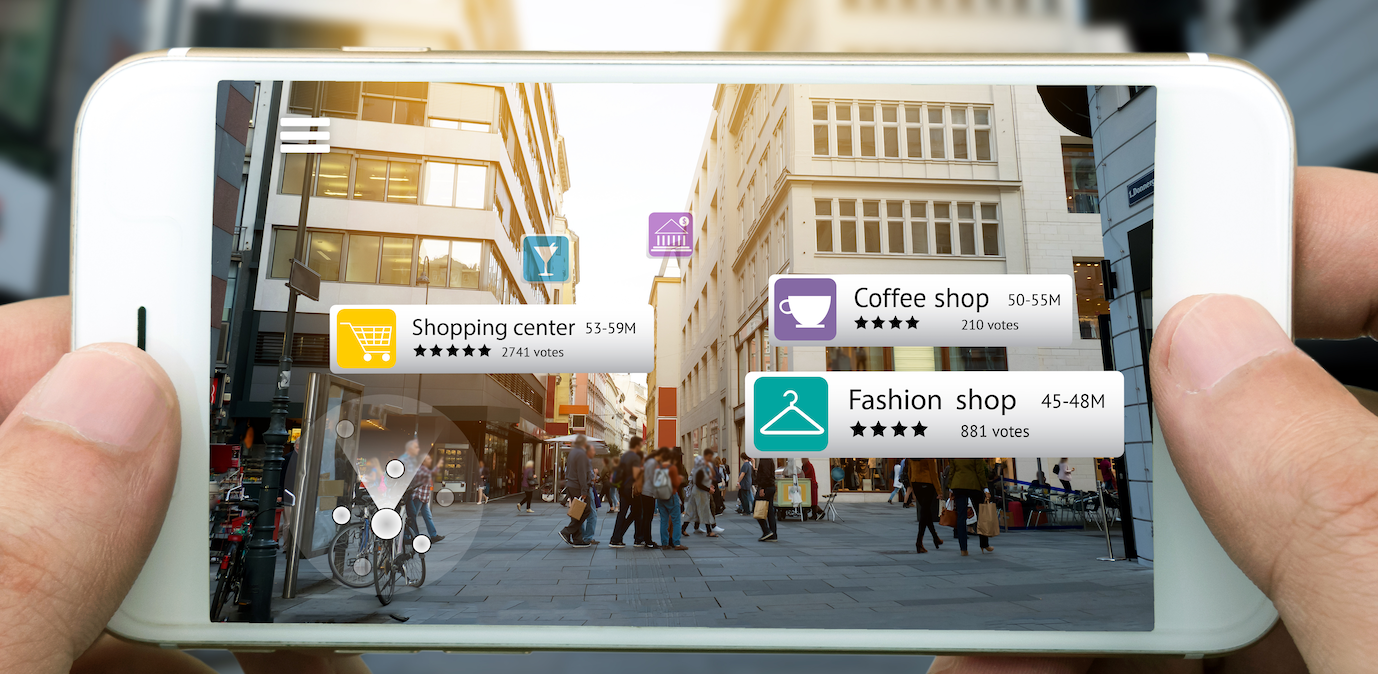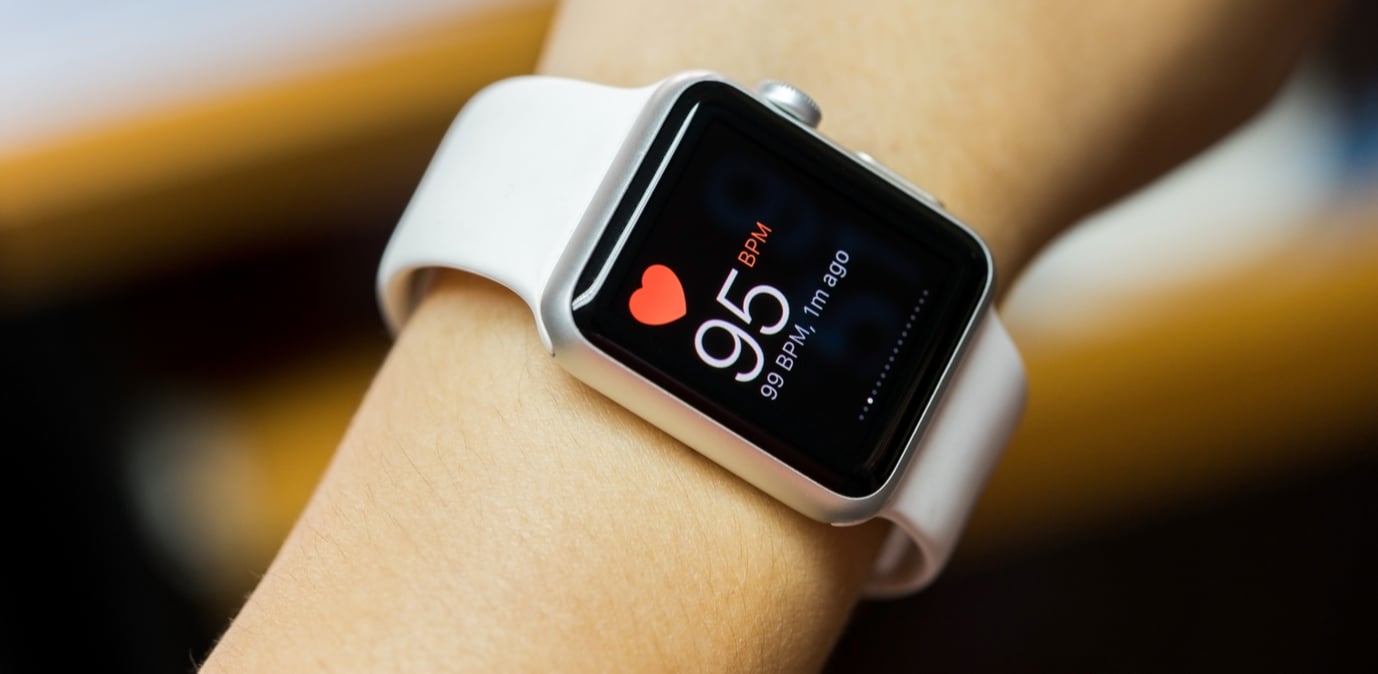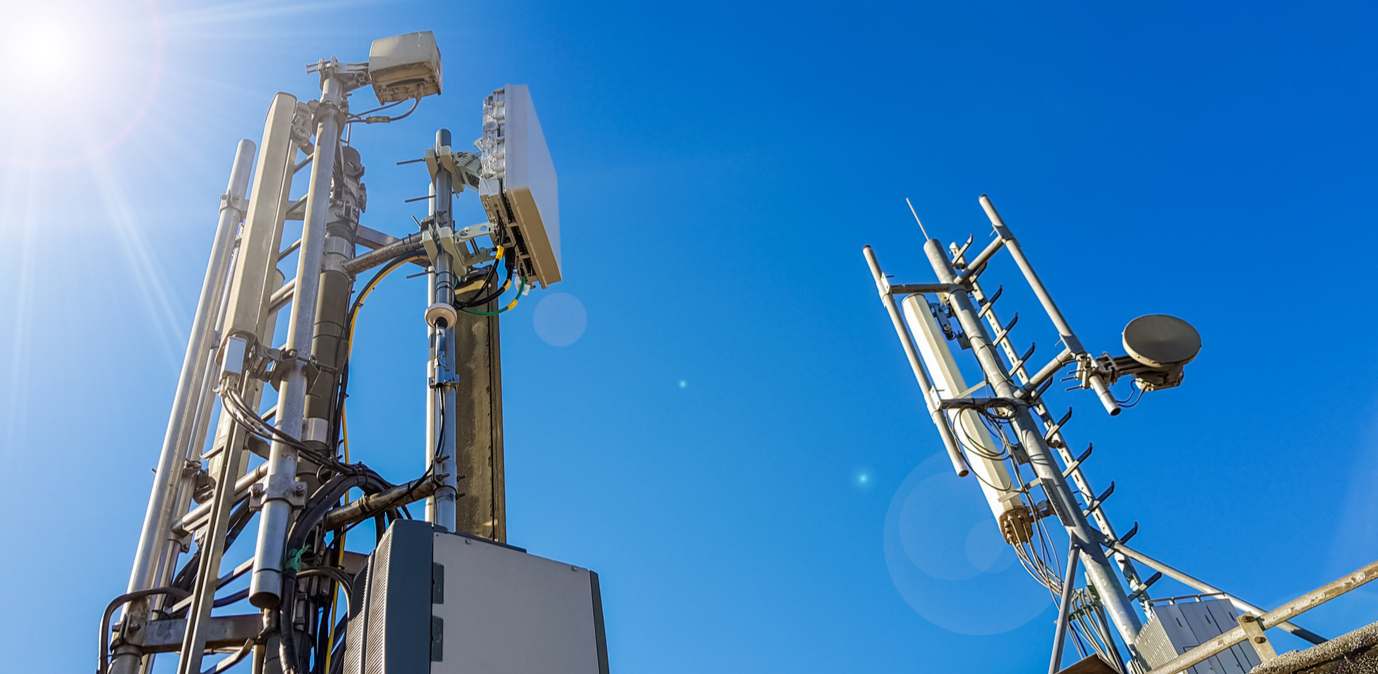The intertwined futures of 5G and Augmented Reality
by Inline Policy on 08 May 2019
While there has been no shortage of political attention paid to the development of 5G mobile networks, a significant proportion of the UK public remain unconvinced of the benefits. Could Augmented Reality (AR) be the 'killer app' to drive 5G adoption?
Every new generation of wireless technology requires a use case (or ‘killer app’) to encourage consumers and business to splash out on the latest handsets and more expensive network contracts to fund the required upgrade of infrastructure. Each of these use cases starts as a niche interest but quickly becomes a feature of daily life. Driving forward the upgrade from analogue cellular to 2G was call quality and the security of calls through digital signals; for 3G it was picture messaging, always-on access to emails and location specific services through phone with GPS; and for 4G it was the ability to stream video content, make video calls and deliver sufficient data speeds for real-time services such as satellite navigation.
So as the first 5G consumer technology starts to come onto the market this year the race is on to find a use case that convinces the general public and businesses to make the shift to 5G.
The UK's ambitions for 5G
The UK Government has repeatedly stated its ambition to be a world leader in 5G, and in 2018 translated this drive into a tangible coverage target that “the majority” of the UK population would be covered by a 5G signal in 2027. In late April, Digital Minister Margot James MP announced the latest project to stem from the UK’s ongoing 5G Testbed and Trials (5GTT) Programme: a £2.4 million funding partnership with the South Korean Government to support 5G provision and roll-out on the Seoul metropolitan subway system. Significantly, one of the three use cases being tested in this project is Augmented Reality (AR) experiences for tourists and commuters, that will provide pop up information in busy public spaces to assist with navigation and provide new insights about the city as they travel through it.
This is far from the first time that the future of 5G and the future of AR have been intertwined; could it be that the two are dependent upon each other to prove their worth?
The features of 5G align to the needs of AR
AR can be defined as a user’s real world experience being enhanced with additional overlays, and it is already being applied across various recreational and commercial markets. As the technology develops, it is not hard to envisage the mass adoption of anything from constantly connected all-day wearable AR devices providing information and services to the wearer as they go about their day, through to AR content streamed into cars, providing heads-up and live navigation assistance with information about nearby facilities, such as available electric vehicle charging bays.
The key features of 5G mobile networks and the basic requirements of Augmented Reality are very similar. Immersive technologies, such as AR, generate and necessitate the transfer of very large quantities of data to a mobile device and require highly granular location information. The nature of immersive technology experiences makes them incredibly sensitive to network coverage and performance, as any hiccup disturbs the overall user experience. If bandwidth is insufficient, images are pixelated and thus ‘non-immersive’, while if latency is unstable or anything higher than single digit millisecond (>5ms), then users will experience a delay that can even be a cause of nausea as well as irritation. 5G provision would go a long way to resolving these issues, offering mobile internet speeds between 10 Gbps and 100 Gbps, and providing ultra-low latency range from 1ms to 10ms, compared with 4G technology that offers low latency range from 40ms to 60ms. In addition, 5G requires a network of transmitters that is much denser than 4G networks and can be used to provide more accurate location information than GPS both outside and inside buildings.
This makes AR the perfect poster child to front the Government’s ongoing 5G strategy because, although there has been much talk about 5G in recent years, recent research by Barclays showed that only 28% of businesses knew what 5G was and what it could do. The remarkable economic forecasts for the immersive technology industry in the coming years combined with the wide array of different sectors that the technology is already permeating - from gaming to real estate to healthcare - could make AR precisely the case study needed to demonstrate the value of upgrading to 5G.
UK Government is invested in the success of both 5G and AR
The UK Government seems to have already clocked that AR could be the means by which to dazzle the public with visions of a hi-tech innovative 5G future. For example, in March 2018, six projects were selected to test 5G with £25 million of government funding, one of which was led by the West of England Combined Authority. This particular project is delivering enhanced experiences for tourists using AR, 3D motion tracking, and 4k 360 degree content streaming, in major attractions in Bath and Bristol. In December 2018, visitors experienced for the first time AR reconstructions of the Roman Baths at key moments in history through a mobile app, and we have been told that we can soon expect virtual Roman Centurions giving guided tours to visitors to the city.
With mobile network EE set to launch 5G across 16 cities in 2019 and Vodafone planning to have 1,000 5G sites by 2020 (alongside similar upgrades, launches and trials by other network providers), the availability of 5G in the UK is imminent. This is good news for the rapidly developing AR sector in the UK. It is also good news for the Government who may find that AR provides evidence for its claims that “5G has the potential to revolutionise the way we live, work and travel”.
If you would like to find out more about the policy issues that impact AR and other types of immersive technology, you can read our white paper on the topic here, and you can also sign up to be notified of future briefings and blogs related to immersive technologies below:
Topics: Wearable technology, Immersive Tech, Virtual Reality (VR), Augmented Reality (AR), Megan Stagman, 5G







Comments